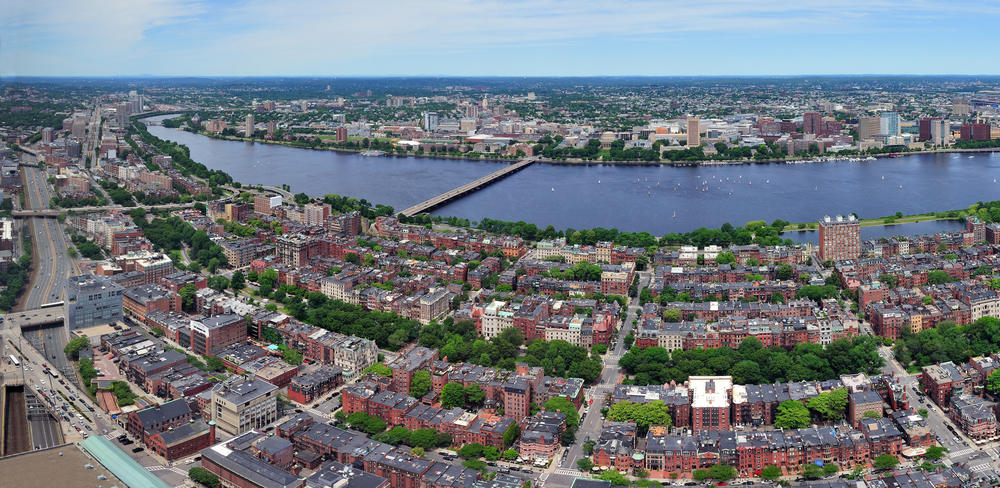
Some people are hesitant to dip even a toe in the Charles River. The idea that it’s teeming with dirty water, however beloved it might be by Red Sox Nation or enthusiasts of the Dropkick Murphys and The Standells, is one engrained in many Bostonians’ minds, but these days it’s unfounded. In fact, the Charles is the cleanest it’s been in almost 20 years.
On Wednesday the Environmental Protection Agency announced that the Charles received a grade of A- for water quality, the highest mark its received since the EPA started grading the river’s cleanliness per the Clean Charles River Initiative back in 1995. The report card reflects an assessment of the river conducted by the Charles River Watershed Association in 2013.
The rise of industrialism along the Charles River led to a rise in pollution as well. With many factories, mills and slaughterhouses sprouting up along its banks, the Charles became the dumping ground for offal, sewage and other disgusting waste.
The Charles River Conservancy notes on its website that by the 1950s, the river was so tainted and contaminated that “swimming was banned due to an awareness of the health impacts of the extensive water pollution, the result of intense urbanization and industry along the river.”
When the Initiative was kickstarted in 1995, the EPA notes, water quality met boating standards just 39 percent of the time and water was safe for swimming just 19 percent of the time. In 2013, those numbers skyrocketed to 96 percent and 70 percent, respectively.

“The cleanup of the Charles River has been a tremendous success story that speaks to the power of good policy and collaboration,” said Mayor Marty Walsh in a statement. “I’d like to applaud and thank all those involved in this effort, including the EPA, the Massachusetts Water Resource Authority, Boston Water and Sewer Commission, and in particular, the local volunteers who have made this possible. You continue to raise the bar for urban rivers across the U.S. and world.”
The EPA has also forged a working partnership with Boston’s Museum of Science, which sits adjacent to the Charles River Dam which controls surface levels of the Charles River Basin and prevents salt water from being funneled upstream. The tandem has deployed a buoy in the river in close proximity to the museum that will continue to monitor and measure water quality. Data will then be aggregated and realized in an upcoming Museum of Science exhibit centered on the Charles.
“Here’s what a clean Charles River means: it’s as simple as seeing how many people get out and enjoy swimming, kayaking, sailing and windsurfing on a nice summer day, and not having to worry about whether the water might make them sick,” added Curt Spalding, regional administrator of EPA’s New England office, in a statement.
We are extremely proud and gratified that our years of hard work to clean up the Charles River is showing positive results. This accomplishment would not have been possible without long-term and consistent efforts by our committed partners, working together to eliminate the dumping of sewage to tributary streams and stormwater outfalls discharging into the Charles River.

